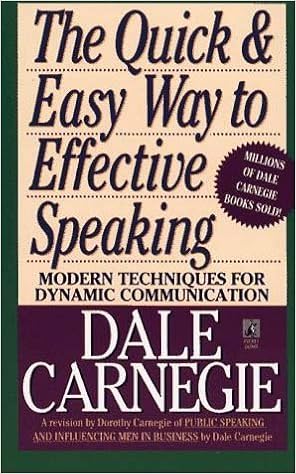On the Page
Recently I listen to an episode of the podcast, On the Page, a podcast designed for screenwriters, you can "join professional script consultant Pilar Alessandra as she demystifies screenwriting and answers your questions about script craft and story." I stumbled on this podcast in search of resources for creative story telling.The guest in Episode 468 was Marc Haimes, a screenwriter involved in several successful films and currently working on many projects. In the podcast, Marc revealed one of his secrets to getting things done: He wakes up early. Marc said he prefers to start working at 5AM with the goal of being 70% done with his work by 10AM. He referred to the 5AM hour as yielding "triple dividends," the 6AM hour as yielding "double dividends," and from 7-9 as a "good time" to accomplish his tasks. Marc likes to plan for the next day as he turns into bed by asking questions he needs to answer in the morning. This way, his subconscious can start working while he sleeps.
Facebook Post
The next day, as I was perusing by Facebook feed, I noticed that several of my friends had shared an article titled, "Why the most productive people start their day at 4 a.m. (yes, we're serious)." In the article, the authors wrote about currently well-known individuals who rise early:- Tim Cook (CEO of Apple), 3:45AM
- Richard Branson (found of the Virgin Group), 5:00AM
- Michelle Gass (Kohl's department stores), 4:30AM
I shared the post on my Facebook feed, and many of my friends commented. It turns out that some of them also rise early, ranging from 3AM to 5:30AM.
An Ancient Practice
In researching for this article, I typed "Ben Franklin early to bed early to rise" into Google Search. One of the first results was a brief article at Wikipedia on this topic of waking up early. Who knew this warranted its own entry on the iconic online encyclopedia? The authors of the articles quoted Aristotle, the Greek philosopher, "It is well to be up before daybreak, for such habits contribute to health, wealth, and wisdom."I previously wrote about Anthony Trollope, who wrote from 5:30-8:30AM every day before starting his full-time job as a postmaster for the British postal system.
Throughout the Bible you will find many examples of characters rising early. Abraham rose early to see if Sodom had been preserved or destroyed. Jacob rose early after his vision of the ladder to heaven. Joshua rose early to vanquish his enemies. Moses rose early to meet with God. In a time when the availability of natural light moderated activities, it was necessary to rise early in order to take full advantage of the entire arc of the sun, from sunrise to sunset.
Benefits of Rising Early
Below are a few benefits I came up with for rising early.- Local quiet time for personal improvement - In this international economy, someone is always awake and working, so you won't be able to find a time when everyone is sleeping. However, it is still fairly quiet locally wherever you are. You can use this quiet time for developing a spiritual practice, exercise, writing, reading, or some other personal improvement activity.
- Fewer interruptions - Because most people and animals are asleep, you can accomplish activities with fewer interruptions. Writing documents for work, responding to e-mails, and individual brainstorming are easier if you do not have to worry about family and professional interruptions.
- Sense of accomplishment - By getting an early start, you can have a larger portion of your day's work completed well before the day ends.
Challenges of Rising Early
- Extra effort is required. If you are not naturally "a morning person," you may have difficulty waking up at such an early hour (whether it is 4AM or 5AM). However, a good alarm clock and a personal commitment to start earlier can help.
- Early bedtime discipline. Based on the number of hours of sleep you require (I prefer 7 hours), you will need to adjust your bedtime to accommodate an earlier wake up time.
- You need a plan. Waking up "just because" may not provide the motivation you need to wake up early. Develop a plan for how you will utilize your early morning time. Find a spiritual book or program to study, answer questions from the night before (like Marc Haimes), or commit to an exercise routine.
I encourage you to try waking up an hour earlier for at least a couple of weeks. I believe you will see an increase in productivity.













